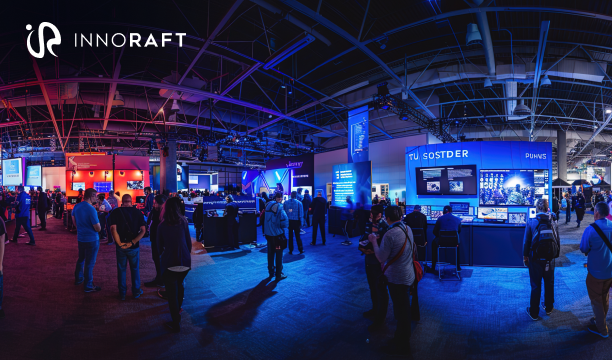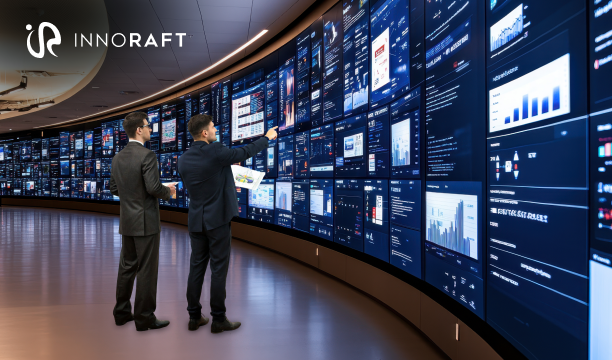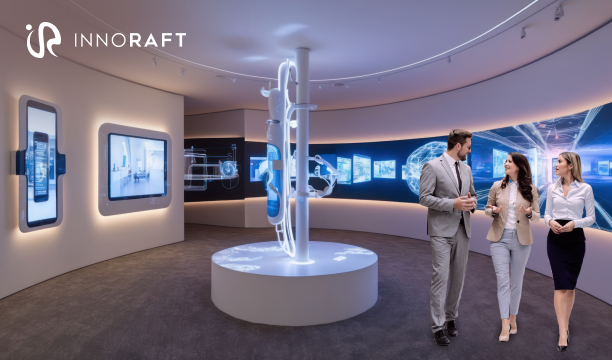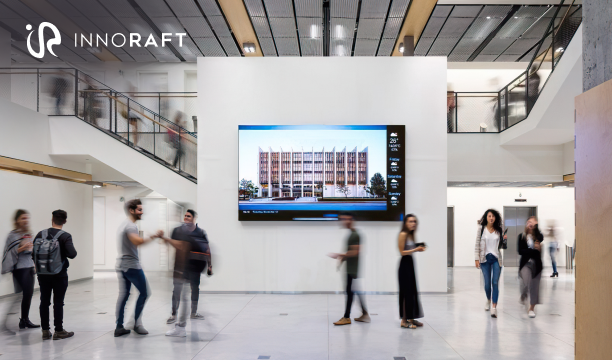Customer experience isn't a modern invention; it's been around for centuries. Ever since goods and services have been exchanged, businesses have looked for ways to build trust and loyalty with their customers. But the customer of today is not the same as the customer of yesterday. They're more informed, more discerning, and more intentional about who they engage with. They expect meaningful digital brand experience, ethical practices, and personalized solutions, without the noise of generic messaging or sales pitches.
This shift in customer expectations has redefined how businesses approach engagement. It is no longer enough to simply offer great products or courteous service. You need to understand what your customers want before they ask, meet them where they are, and deliver experiences that resonate on both a functional and emotional level.
To keep up, organizations have moved through various phases of B2C and B2B customer experience strategy, starting with basic service desks, evolving into call centers, transforming into contact centers, and more recently, developing into executive briefing centers (EBCs). Now we're seeing the emergence of a more evolved, forward-thinking model: the Customer Experience Center.
In the following sections, we’ll explore how customer experience has gone through a dynamic shift, the factors that are driving this change in customer expectations, the evolution from contact center to experience center and some key features of CECs.
The Dynamic Shift: From Transactional to Transformational Customer Experiences
At its core, the customer experience journey started with a simple need: to solve problems and answer questions. Early customer service models were reactive—waiting for issues to arise and then resolving them. Whether through face-to-face interactions in stores or over-the-phone support lines, the focus was on transactions, not relationships.
But even then, forward-thinking businesses began to realize that every interaction was an opportunity, not just to fix a problem, but to build loyalty. This was the beginning of the interactive customer experience strategy.
Customer expectations have outgrown transactional engagement. Today, customers don't just want to see what you offer; they want to experience it. That's where the biggest shift has happened: from one-way interactions to immersive, two-way dialogues.
Several key factors have catalyzed this evolution of Customer Experience Centers:
Shifting Customer Expectations
The modern customers are more informed and empowered. They seek authentic engagement, personalized experiences, and a voice in the development of the solutions they procure. They want brands to understand their context, anticipate their needs, and involve them meaningfully.
The Rise of The Experience Economy
In a world where products and services are easily replicated, and consumerization of B2B marketing is the norm, experience has become a key differentiator. Companies are now competing on the quality of the interactions and relationships they build with their clients. The value lies in the experience, not just the offering.
The Need For Co-Creation And Innovation
The complexity of modern business challenges often requires collaborative problem-solving. Companies are realizing that the most effective solutions are not developed in isolation but are co-created with their customers. This is resulting in a complete innovation in Customer Engagement, where customers are becoming more involved in the solution development process, leading to products and services that are more relevant, targeted, and successful.
The Power of Immersive Technologies
Advancements in AI/ML, AR/VR, and other interactive technologies have unlocked new possibilities for the future of customer engagement. Brands today can easily create more engaging and personalized experiences within the customer engagement centers, effectively reshaping how they communicate, educate, and inspire their customers.
A Reimagining of Engagement Spaces
Organizations are rethinking both their physical and digital touchpoints. These environments are no longer just informative; they’re built to involve and inspire as part of B2B customer experience strategy. Customers can now interact with solutions in real-world scenarios, collaborate on ideas, and see the tangible value of a partnership—not just a product.
The evolution of customer experience centers is a direct response to this shift. Unlike traditional product showcases, these digital experience hubs offer dynamic, tailored experiences that evolve with the conversation. They integrate interactive technologies, real-time data, and human-centered design to immerse customers in the possibilities of what your business can help them achieve.
The Evolution of Customer Engagement Spaces
To understand the evolution of customer experience centers, it helps to look at where customer engagement spaces have been-
Contact centers were the first major leap. Built around efficiency and scalability, they focused on providing quick responses to customer inquiries and resolving service issues. These centers were structured, process-driven, and often measured by volume and resolution time. While essential, they were largely reactive - a place customers turned to when something went wrong.
Then came the executive briefing centers (EBCs). These elevated the conversation. Designed primarily for enterprise clients and high-stakes decision makers, EBCs offered curated presentations, product demonstrations, and strategic discussions. The goal shifted from problem-solving to relationship-building. EBCs allowed companies to showcase their capabilities in more tailored and immersive ways. But they still operated mostly on the company's terms. The agenda was fixed, messaging controlled, and the experience was often one-size-fits-all.
Now, the emergence of customer experience centers (CECs) signals a more profound shift: from presentations to co-creation. CECs offer spaces that are immersive, adaptable, and customer-led. In the journey from Contact Center to Experience Center, the priority for businesses shifted from offering a static presentation about services and products, to a more collaborative approach to build solutions. Every element of a digital experience hub, from its physical layout to its digital integrations, is designed to foster real-time collaboration, storytelling, and innovation. Here are some customer experience center trends and features that sets it apart from previous approaches of customer engagement:
Interactive and Immersive Environment
Static displays are being replaced with interactive installations, data visualizations, and immersive simulations to offer clients a Digital Brand Experience, allowing them to experience solutions in a hands-on and contextually relevant manner.
Facilitated Workshops and Co-Design Sessions
Instead of scripted presentations, the customer experience center trends often include facilitated workshops, brainstorming sessions, and design thinking exercises. These activities bring together experts from both the company and the client to collaboratively define problems, explore potential solutions, and even prototype new concepts.
Personalization and Customization
The journey through a modern CEC is highly personalized. Advanced analytics and AI can be used to tailor the content, demonstration, and discussion to the specific interests and challenges of each visiting client.
A Focus on Storytelling and Emotional Connection
Rather than simply listing product features, the narrative in an interactive customer experience center is focused on telling a compelling story about how the company's solutions can help the clients achieve their business outcomes. The goal is to create an emotional connection and build a foundation of trust.
A Platform for Continuous Feedback
The innovation-focused digital experience hubs serve as a valuable feedback loop for the company. By engaging directly with customers in a collaborative setting, companies can gain deep insights into their needs, pain points, and aspirations, which can then inform future product development and service improvements.
Conclusion
From their early roots in reactive support to today's immersive spaces, B2B customer experience strategy has undergone a significant transformation. CECs represent the culmination of this journey, a place where technology strategy and human connection converge. They don't just tell your story—they invite customers to become part of it.
And that's the key difference.
In a world where digital touchpoints are everywhere and attention is scarce, businesses need spaces that cut through the noise. The evolution of customer experience centers has helped businesses to create that space, where they can slow down the conversation, listen more deeply, and build not just deals, but relationships. They are no longer just product showrooms; they're strategic assets that foster innovation, alignment, and trust.
If you're looking to not only demonstrate your value but co-create it with your customers, it's time to rethink your engagement strategy. The shift from product-centric to experience-driven isn't a trend, it's the new standard. And CECs are leading the way.
Ready to take your customer experience to the next level? Contact our experts today and get started.
FAQ
Frequently Asked Questions
The key features of Modern CECs include:
- Hands-on or simulated environments that show solutions in action.
- Custom experiences tailored to specific industries, roles, or challenges.
- Use of AR/VR, touchscreens, or multi-sensory displays to enhance engagement.
- Data capture tools that record visitor insights to refine future engagements.
- Modular rooms that adapt to different audience sizes and presentation formats.
- Support for both in-person and virtual participation to reach broader audiences.
Didn’t find what you were looking for here?




